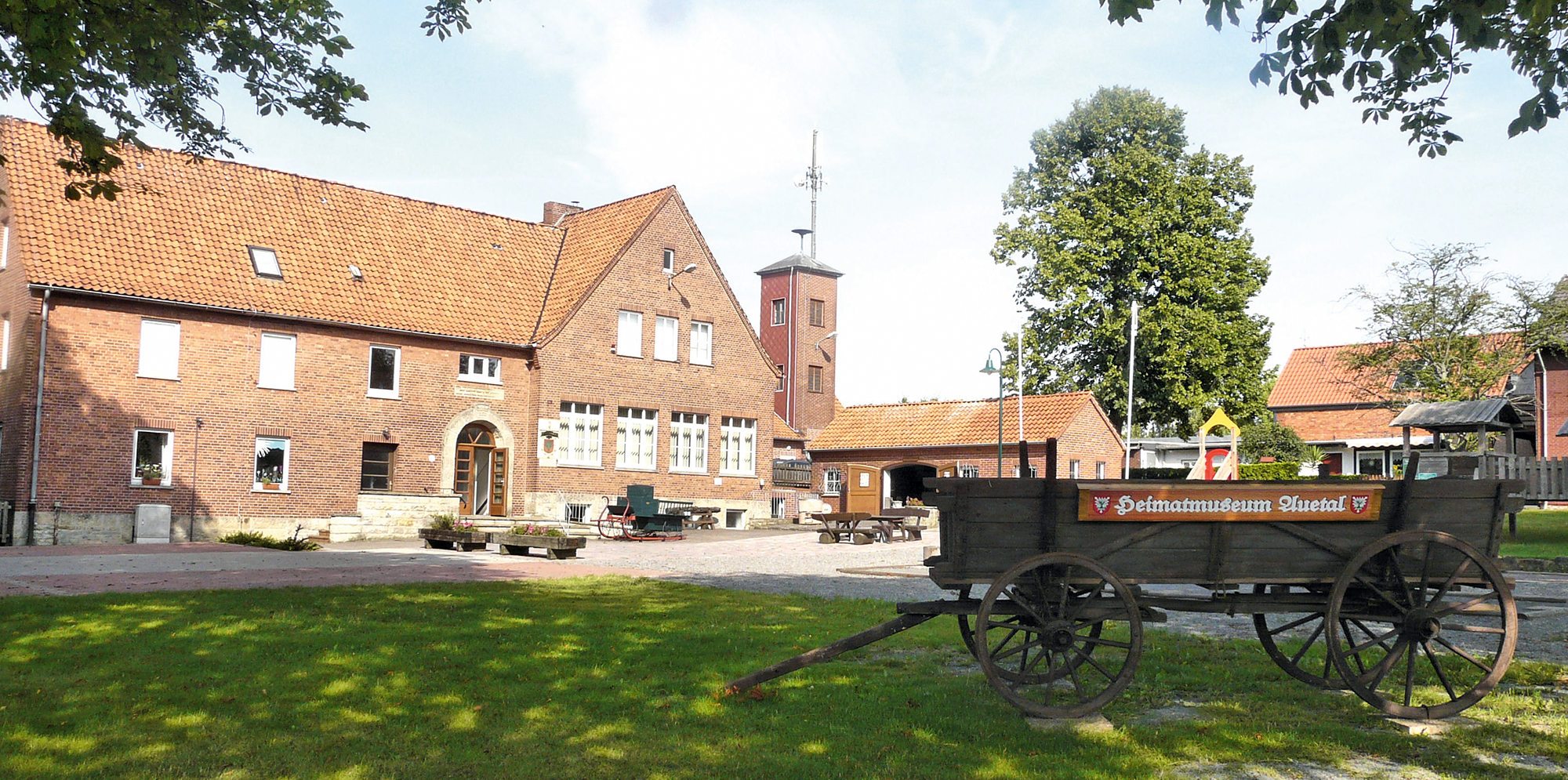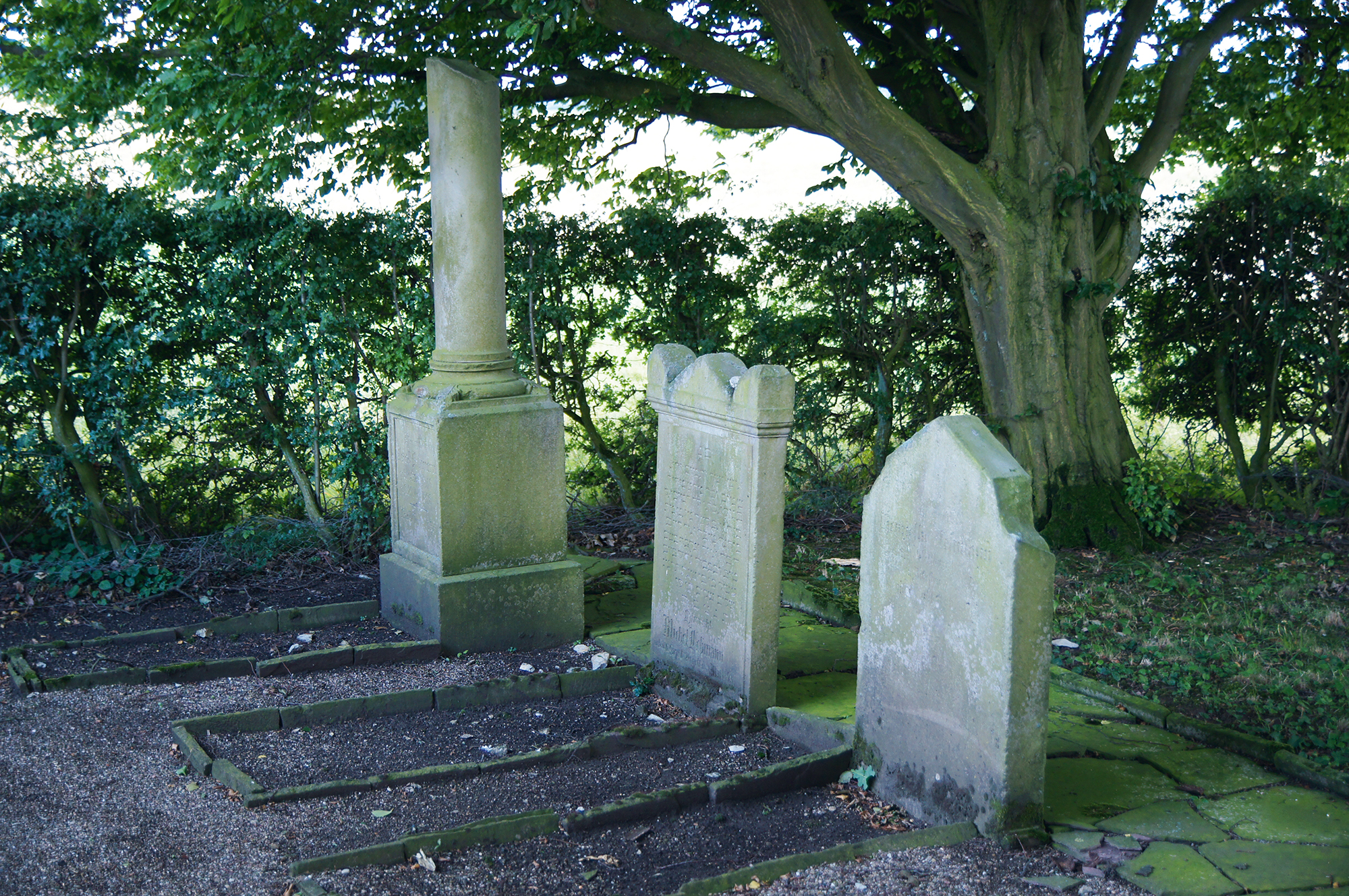-
Auetal Open or Close
This is the picturesque valley of the Bückeburger Aue. The stream, whose spring is in Hattendorf, is framed by the Bückeberg in the north and the Weser Hills in the south. Since the German motorway, the Autobahn, was built in 1936, enormous arched bridges have dominated the landscape, while the increasingly heavy traffic imposes a burden on the inhabitants of the Auetal. Today the village Auetal has about 6,300 inhabitants.
-
The Auetal Museum of Local History and Culture Open or Close
Hattendorf, Langenfelder Str. 47
In1984, the museum was opened in several rooms of the former primary school in Hattendorf. The exhibition includes a typical German Wohnküche, which is a cooking-dining-living combination, a former classroom, a spinning room, and traditional craftsmen's workshops such as those of a shoemaker, a saddler, a tailor, a joiner, and a blacksmith. The smithy is still in working order. The museum is only open at times, so you need to get further information on the Internet (www.heimatmuseum-auetal.de) or by phone (05752/600).
-
The Jewish Cemetery in Hattendorf Open or Close
Hattendorf, Langenfelder Straße
In the small Jewish cemetery there are altogether four tombstones of members of the Lehmann family, who have been buried there since the end of the 19th century. During the Second World War, in 1942 and 1943, 36 slave labourers from the Soviet Union were buried there, too, who had been in a "Detention Camp for ill Forced Labourers from Eastern Europe" in Rehren. Before they died, they had suffered cruel treatment and had been forced to work for the Nazi regime under the most appalling conditions. After the burial site had been closed, about 400 detainees from the detention camp were buried in Rehren's cemetery "Am Horn" before the war ended in 1945.



